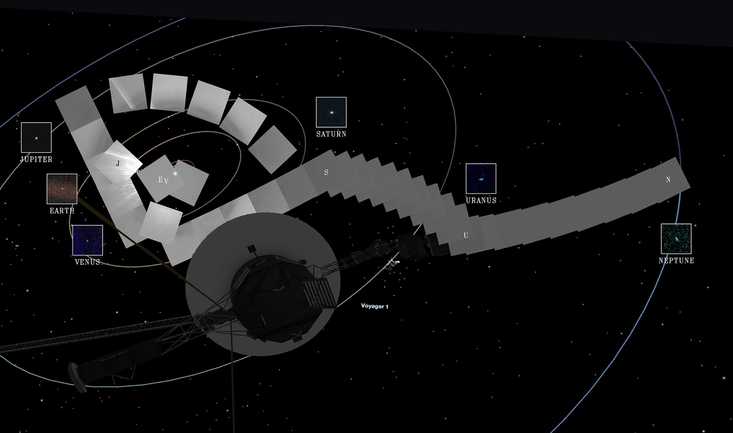High-Tech Archaeology Is Responsible For A Huge Discovery In Naples
The busy Italian city didn't provide an opportunity for serious digging.
News that is entertaining to read
Subscribe for free to get more stories like this directly to your inboxWhile archaeologists still largely rely on the time-tested strategy of digging into the earth to find relics of bygone eras, there are some areas where this just isn’t a feasible option. One such location is Naples, Italy, where a bustling urban environment makes it impossible to explore the rich history buried underneath.
Getting some cosmic assistance
For more than half a century, scientists have been using muons, or cosmic rays, to peer into otherwise hidden areas. This technique dates back to the 1950s, when engineer E.P. George produced accurate measurements of a tunnel in Australia using these rays.
More recently, muography, as the process is known, helped archaeologists in Egypt search inside the hidden chambers of Giza’s Pyramid of Khafre.
Although that effort didn’t reveal too many secrets about the pyramid, it proved the effectiveness of muography within the field of archeology.
And that brings us to modern-day Italy.
Discovering a hidden burial chamber
Experts already knew that the ruins of Neapolis were located roughly 33 feet below the surface of Naples, but the streets, homes, and other structures represented a clear impediment to any efforts to explore the necropolis in depth.
Scientists involved in a recent project, however, confirmed that cosmic rays helped them locate a previously undiscovered burial chamber.
In a report compiled by the archaeologists involved in the process, the finding helped provide more details about the size, scope, and society of Neapolis.
The ancient city was built on volcanic rock, which allowed citizens to dig out caves for shelter, places to worship, and, as the latest research shows, chambers in which they buried their dead.
Plenty of other questions remain, such as exactly how big Neapolis was … but the non-invasive approach offered by muography might soon provide those answers.
 Why Is The Aging Voyager 1 Probe Sending Back Incoherent Communications?
It's been speaking gibberish for a few months and officials are concerned.
Why Is The Aging Voyager 1 Probe Sending Back Incoherent Communications?
It's been speaking gibberish for a few months and officials are concerned. One Woman’s Massive Donation Is Wiping Out Tuition At This Medical School
Her inheritance came with the instruction to do "whatever you think is right."
One Woman’s Massive Donation Is Wiping Out Tuition At This Medical School
Her inheritance came with the instruction to do "whatever you think is right." Woman’s Pets Will Inherit Her Multimillion-Dollar Fortune, Not Her Kids
It's not the first time four-legged heirs were named in a will.
Woman’s Pets Will Inherit Her Multimillion-Dollar Fortune, Not Her Kids
It's not the first time four-legged heirs were named in a will.